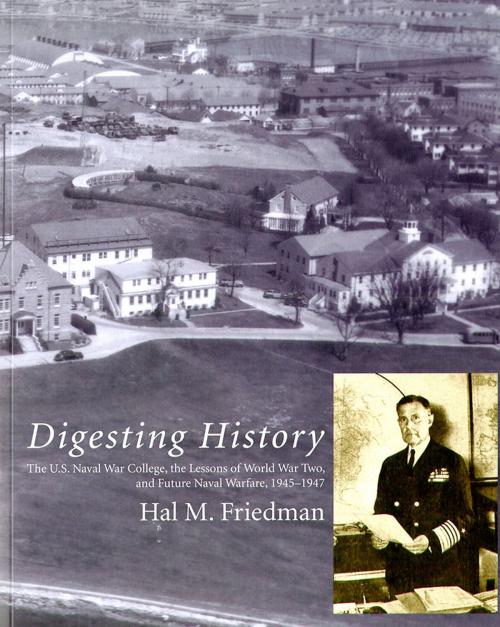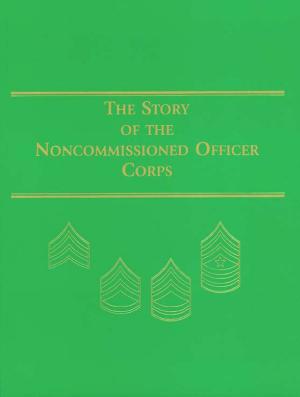Digesting History: The U.S. Naval War College, The Lessons of World War Two, and Future Naval Warfare, 1945-1947
The U.S. Naval War College, The Lessons of World War Two, and Future Naval Warfare, 1945-1947
Nonfiction, Reference & Language, Transportation, Ships & Shipbuilding, History, Military, Naval, World War II| Author: | Hal M. Friedman | ISBN: | 9781884733864 |
| Publisher: | United States Dept. of Defense | Publication: | December 20, 2010 |
| Imprint: | Dept. of the Navy | Language: | English |
| Author: | Hal M. Friedman |
| ISBN: | 9781884733864 |
| Publisher: | United States Dept. of Defense |
| Publication: | December 20, 2010 |
| Imprint: | Dept. of the Navy |
| Language: | English |
Product Description: Digesting History: The U.S. Naval War College, the Lessons of World War II, and Future Naval Warfare, 1945–1947, by Professor Hal M. Friedman, studies the contribution of the Naval War College, especially in the presidency of Admiral Raymond Spruance, to strategic thought during the first critical postwar years—that is, between the end of the war and the formulation of Containment. This transition period is especially valuable as a window through which to explore institutions such as the College in transition from a hot war to a cold one. While seminal studies exist of the College’s work in the interwar years, none have been published on this period.
Product Description: Digesting History: The U.S. Naval War College, the Lessons of World War II, and Future Naval Warfare, 1945–1947, by Professor Hal M. Friedman, studies the contribution of the Naval War College, especially in the presidency of Admiral Raymond Spruance, to strategic thought during the first critical postwar years—that is, between the end of the war and the formulation of Containment. This transition period is especially valuable as a window through which to explore institutions such as the College in transition from a hot war to a cold one. While seminal studies exist of the College’s work in the interwar years, none have been published on this period.















